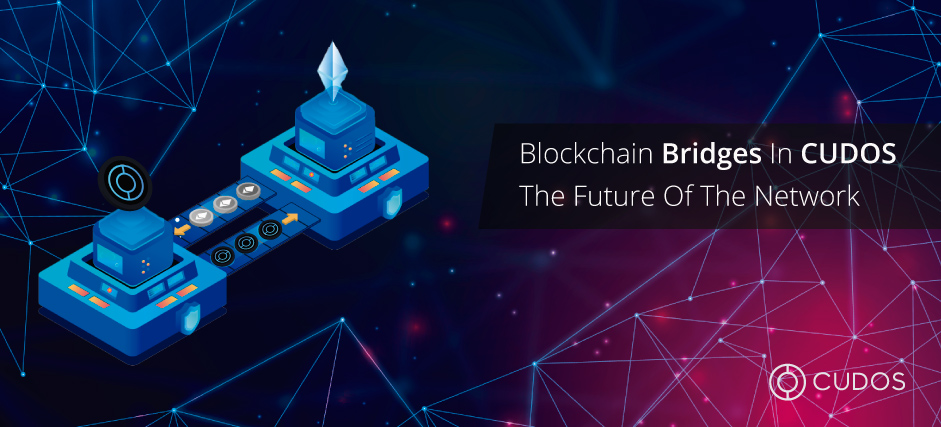Since the emergence of blockchain technology, an evolutionary path has been developed that makes it necessary to generate new solutions. At first, blockchains were conceived to function individually, but with the emergence of bridges, an interconnection can be achieved so that it is not operated in isolation.
Blockchain bridges
The networks were developed using great decentralized technology, but this has led to them being isolated from the rest. That is why blockchain bridges emerge, which allow us to interconnect blockchains, in order to carry out transactions between different networks, which presents great operational benefits.
Through bridges, we are able to carry out massive transactions between different blockchains, establishing a very interesting operating ecosystem. In order to get an idea of this concept, we must think of blockchains as individual networks, and thanks to bridges, we can form a connection between them.
In this way, if we wanted to carry out an operation between one network and another, we could make use of a bridge to operate between the different chains, but without ceasing to have security in this regard. That is why we are facing a great moment in the technical development of the blockchain infrastructure, where we will see more and more evolution in terms of solutions that allow greater interconnection.
Blockchain evolution
Since the emergence of the first blockchain protocol with Bitcoin in 2008, a natural evolution has taken place, with the purpose of gradually solving the problems and issues that were not contemplated at the origin of this interesting technology. As a result, blockchains grew, but lacking a method that allows interaction between them, has led to a situation of isolation on the part of the networks, where it is necessary to articulate means that provide a solution to the problem.
When this situation of isolation occurs on the part of the networks, blockchain adoption in the real world is prevented for an endless number of applications that require a greater connection. In response to this problem, the so-called bridges arise, which manage to connect one chain with another. In this way we are facing a great milestone, which will allow us to establish a global network between chains, which will serve as the seat for multiple transactions.
Fortunately, at present, there are several projects that are developing bridges for blockchain, allowing to solve this problem. Currently many of them are operational or in test phases, which will allow adjusting whatever is necessary, in order to achieve greater efficiency. CUDOS is implementing bridges with networks of great importance to the ecosystem, such as Ethereum, Algorand, Cosmos and Polkadot.
Operation of a blockchain bridge
As we have explained in previous lines, basically what allows a blockchain bridge is an interconnection between different blockchains. In this regard, through its use, we can transfer tokens or data from one chain to the other, with total security, despite the fact that they present different protocols, smart contracts or governance models.
We can find two main categories of bridges, the so-called centralized and decentralized. In the case of the former, they depend on a central authority, which acts as an operational governing body. With regard to the latter, that is, decentralized bridges, also known as “Trustless”, do not have a centralized form of governance.
To develop its operation, a decentralized bridge is based on a mathematical code that is achieved by the consensus of a certain number of nodes, based on pre-established conditions in this regard. In this way, greater guarantees are given for a completely decentralized interoperability, eliminating the possibility of acts of corruption, abuse of power, at the same time that greater transparency is granted to all transactions between networks.
Conclusion
As can be seen from the analysis in this article, we are witnessing the evolution of blockchain technology. Thanks to the development of bridges, we can carry out transactions between different chains, even if their protocols are different. CUDOS is currently working to adjust the connection with other networks, in order to operate efficiently and safely.

